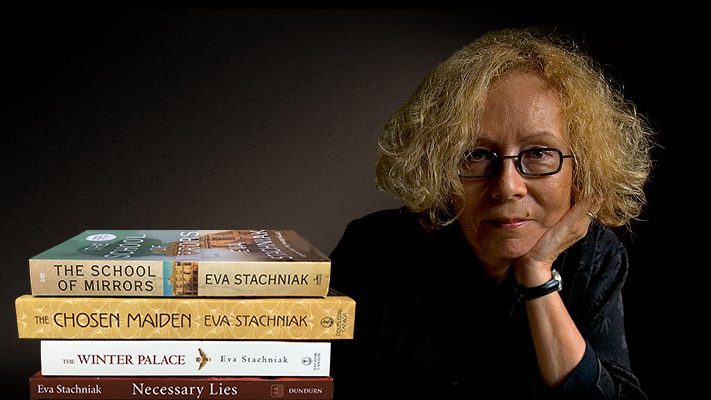I’d like to invite you to a dentist’s office. Not a modern one, though, but one a character in a novel set in the 19th century might have endured.
We are in Paris. The year is 1838.
The office is decorated with a pair of elephant tusks, the gaping skull of a crocodile, dried lizards, turtles, and the skeletons of snakes. An Egyptian mummy stands in a corner of the room, right beside a small cabinet with a variety of dentures and teeth on display.
The doctor’s business card might say (third person on business cards is the norm): Perfection will be the first consideration in all his dental operations; to make his prices reasonable and to be ready with promptness to attend to the calls of those who require his advice or professional services is his second.
It promises everything you hope for.
“Please open your mouth wider, Madame,” the doctor says. As you fear, the tooth that is giving you so much pain has begun to rot. The doctor will be able to save it, but he has to clean the cavity and then fill it with gold leaf. This is a lengthy procedure requiring much patience, and a good few hours. Other dentists, he warns you, practise quick methods, promising to do it in a few minutes. What they fail to mention is that the compound they pour into a cavity is unpredictable. It will either shrink and fall out or expand and shatter the tooth. What is more, the deterioration will not stop, if the rot is not patiently extracted first.
“In short, Madame, it has to hurt,” the doctor assures you, “if it is going to help.”
On a previous visit, the doctor might have given you instructions to rub your gums with your fingers until they bleed, to rinse your teeth in cold water, to brush them with Poudre de Ceylan and then restrain from rinsing your mouth for at least one hour. It probably did not help that much.
You nod – silently, because your mouth is wide open. The muscular young man behind your armchair, an assistant who has so far stood motionless as a carving, shifts his weight, making the floor boards squeak. If necessary, he will hold your head, especially during an extraction, which would have been much faster than cleaning a cavity and filling it with gold leaf, a process in which each layer demands careful and precise placement.
If you have lost too many teeth, the doctor might recommend a bridge and false teeth. Here you have a choice. There are Waterloo teeth, the harvest of a battle, collected from corpses at the battlefield. There are also porcelain teeth. Fonzi’s “incorruptibles” might be your dentist’s personal recommendation. Before firing, a platinum pin is embedded in the back of each tooth and this can be soldered on to a base. The newest ones are much improved. “Baked of different clays to avoid that unnatural and somewhat,” the doctor might say, “ghostly white. They are called incorruptibles because, unlike Waterloo teeth, they will not stain.”
As you are having your cavity filled, the dentist might discuss the possibility of making dental procedures painless. Not very likely, in his opinion. He might debunk the lures of his competitors, unscrupulous promises of benumbing gasses which promise painless extractions. He has not seen much of use in this area, even the laughing gas proved in an observed hospital trial proved to be far less efficient than claimed.
“Like anything in life,” your wise 19th century dentist might say. “I believe that what promises to be pleasant and quick, is of no value whatsoever and may likely be harmful.”
The bill?? Oh, yes, of course. It will arrive a few days later. The cost will most likely be 300 francs.
Recommended reading:
James Wynbrandt. The Excruciating History of Dentistry: Toothsome Tales & Oral Oddities from Babylon to Braces. St. Martin’s Griffin: 2000.
Loretta Frances Ichord. Toothworms & Spider Juice : An Illustrated History of Dentistry. Millbrook Press: 2000.

